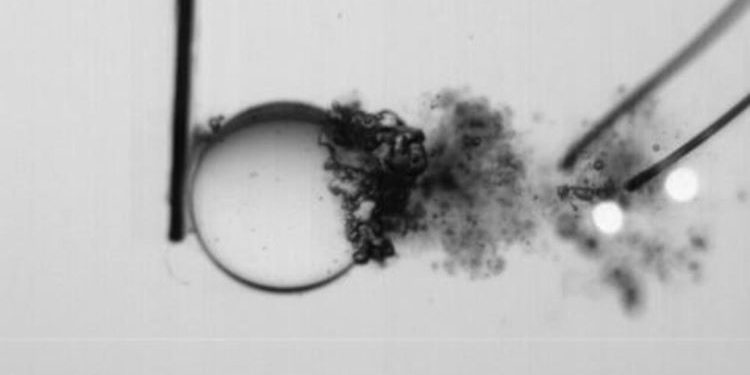an email newsletter released every month highlighting the latest articles, events, technical inquires, and voices from the community
Models and Simulation Demonstrating Cavitation and Hydrodynamic Ram Effects Within Fuel Tanks

Posted on December 19, 2022 | Completed on December 1, 2022 | By: Taylor H. Knight
What models and simulation tools model cavitation, bubble growth, and hydrodynamic ram effects within fuel tanks?
The Defense Systems Information Analysis Center (DSIAC) was asked to identify models, simulations, and tools used to model bubble growth, cavitation, and hydrodynamic ram (HRAM) effects within fuel tanks. When a high-velocity projectile penetrates or impacts a liquid-filled container such as a fuel tank, cavitation occurs. The cavity formed in the liquid results in extreme pressure, which may cause the liquid to bubble and eventually explode outward. The kinetic energy from the projectile transfers its momentum and energy through the fluid to the surrounding structure, increasing the risk of catastrophic failure and structural damage. A variety of research has been done to model these effects to study and improve the vulnerability and survivability of fuel tanks in military vehicles.
Want to find out more about this topic?
Request a FREE Technical Inquiry!

